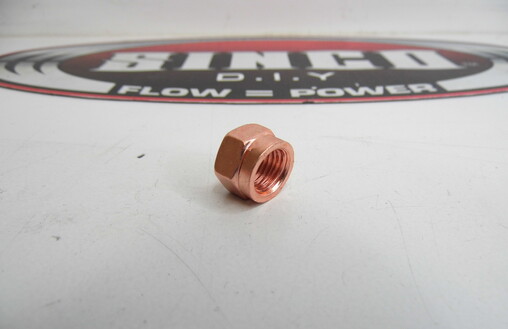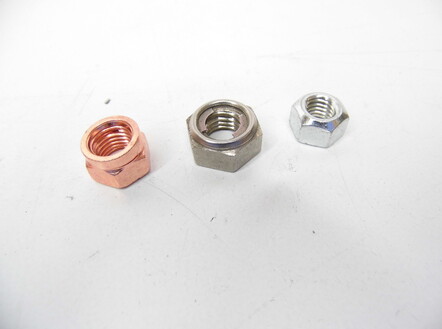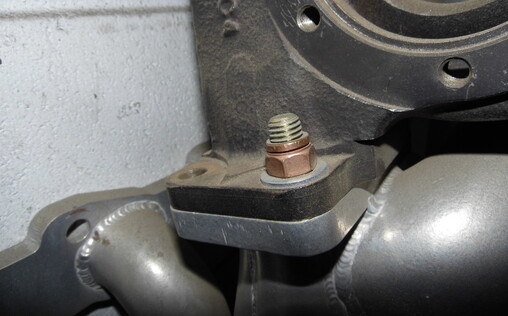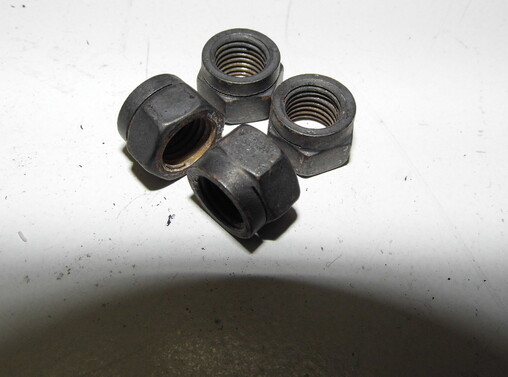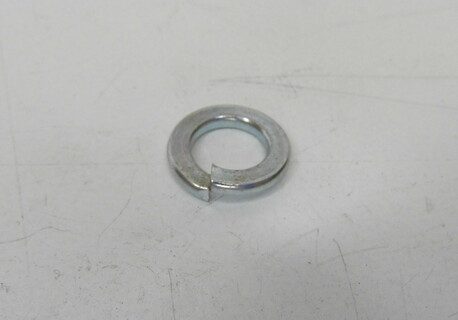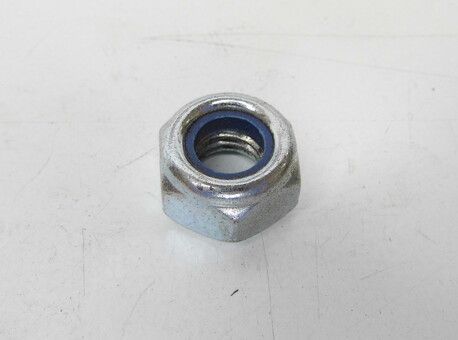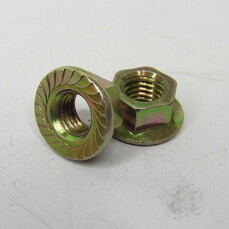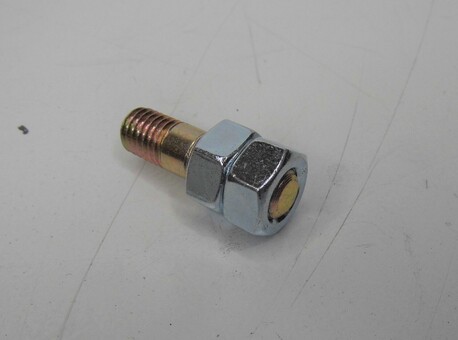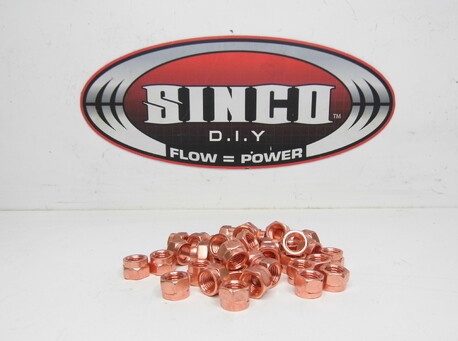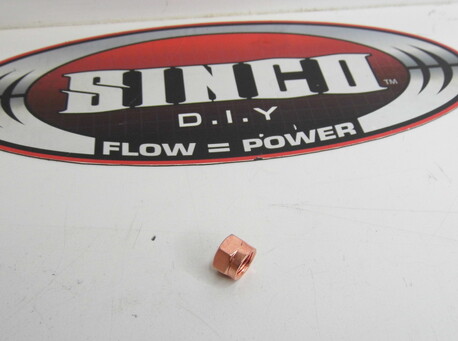Locknuts Explained
Help prevent your manifold and turbo from loosening under high heat and vibration
What is a Lock nut?
An automotive lock nut is used in conjunction with an exhaust stud, a lock nut is just like a standard nut, but the lock nut has the added function of locking itself to the stud (thread). There are various types of lock nuts and we have pictured a few of the common ones. They each have a different way of locking to the threads.
- The copper locknuts on the right have a small section on the end which has been cut and pressed down
- The stainless steel lock nut in the middle have small sections that grab the thread
- The cone lock nut on the right has the end crushed slightly
We recommend the copper locknuts for the installation of our SINCO turbo manifolds as these have the smallest hex or spanner size which is a benefit when trying to access the nuts with spanners around turbo housings and manifold runners. For e.g - The m10 copper locknuts have a spanner size of 14mm while the other types can be up to 17mm.
The main benefit of using lock nuts is once installed the chances of it working itself loose are greatly reduced.
What are Locknuts used for?
A copper lock nut really becomes useful when mounting a turbo to manifold or manifold to engine cylinder head, these can also be used as a general locking nut for all components.
A turbo manifold is subject to high heat which is generated from the turbo charger, this heat along with vibration from a high revving engine is a environment where nuts expand from the heat and work there way loose.
This is the main reason why a lock nut should be used when installing a turbo or manifold.
Can Lock Nuts be reused?
When copper locknuts have been subject to high temperatures they will be re-tempered to some extent. While they remain in place the locking section generally stays tight against the thread, but when the nut is taken off the re-tempered locking section looses the ability to lock onto the thread as effectively.
Your turbo flange lock nuts will be subject to higher temperatures than your manifold to cylinder head ones, we recommend replacing your lock nuts every time they are taken off.
Lock Nuts vs Other fastening methods
Lock nut vs Spring Washer
Springs washers work by using tension from the cut section that is pressed apart to lock the nut in place. When subject to heat these re-temper and loose that tension which means they become just like a standard flat washer. We DO NOT recommend using spring washers to install a turbo or turbo manifold
Lock nut vs Nylock Nut
Nylock nuts have a nylon section in the end of the nut that grips to the thread, these are a good way to mount all other parts in the engine bay that are not subject to heat, but not for mounting turbos or manifolds. As soon as heat is applied to the nylon section it melts away and the nut is then just like a standard nut and will vibrate loose.
Lock nut vs Flange Nut
Flange nuts are a better option than the spring washer and nylock nut in a high heat enviroment, but the main issue with flange nuts and installing turbo's or manifolds is the flange section has a large surface area which can hit welds on the manifold flange. This will prevent the nut from tightening up correctly to the flange face, if not spotted while tightening the nut it can bend the stud and break if over tightened.
Lock nut vs Double Nut
If the thread is long enough then a double nut method can work but is still not as effective as a lock nut, the double nut method is relying on the tension of the two nuts done up together and when heat is applied to them from the heat of your manifold or turbo they can still expand and work themselves loose.
